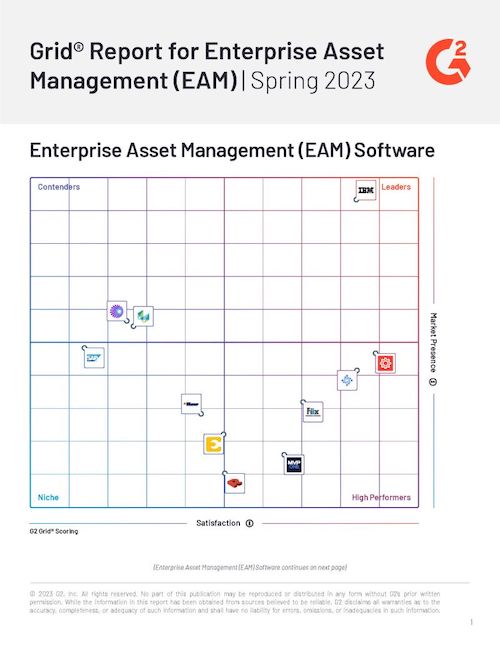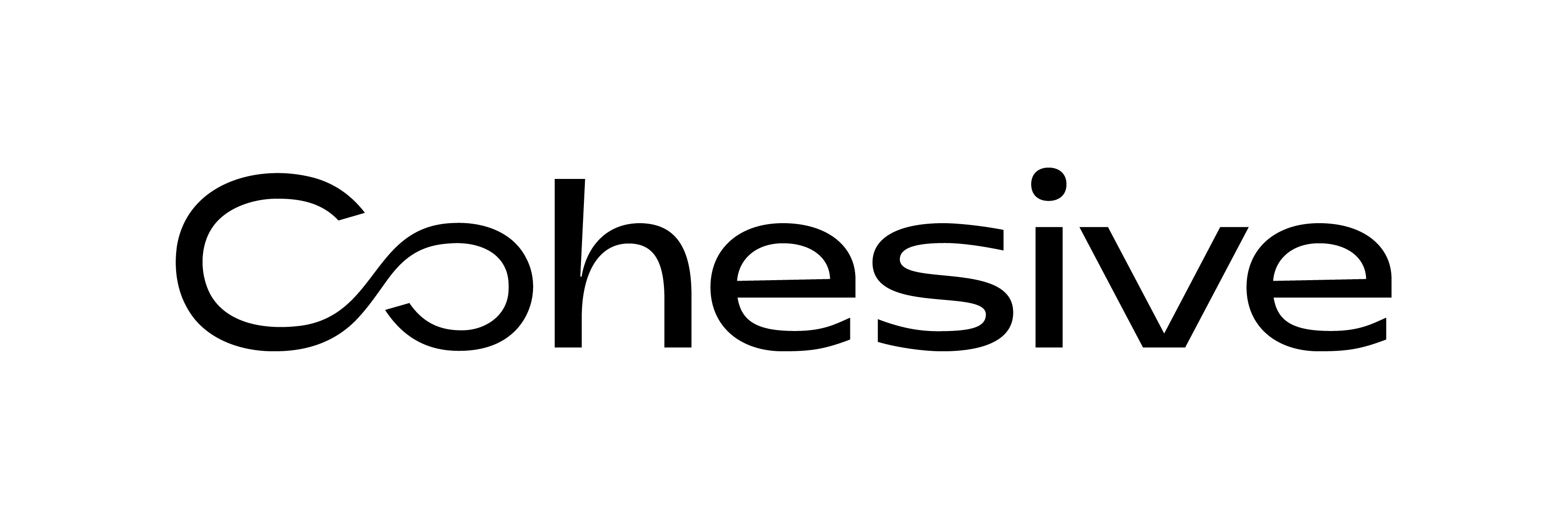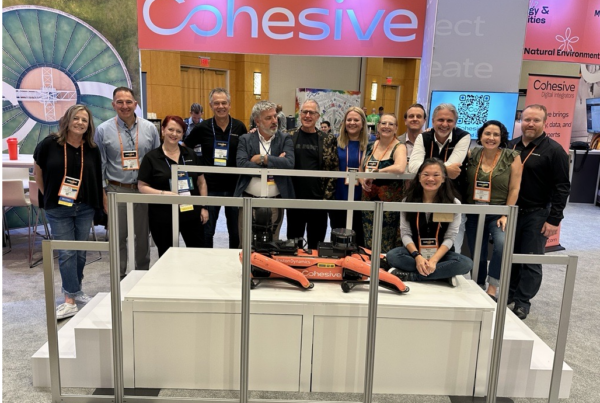In the ever-evolving landscape of enterprise asset management, the name “IBM Maximo” resonates with a promise of streamlined operations, reduced downtime, and optimized asset performance. For years, numerous organizations have relied on Maximo to unlock the full potential of their assets, embracing a comprehensive suite of functionality designed to keep businesses running efficiently. Originating in the late 1980s and developed by PSDI (Project Software & Development, Inc.), this powerful platform has continuously evolved and improved, further accelerated by IBM’s acquisition in 2006.
Yet, lately, a fervent discussion has captured the attention of Maximo users worldwide. It’s not just about the exciting additions and enhanced functionality that the new Maximo Application Suite (MAS) brings to the table, but also the profound shift in the underlying architecture that accompanies it.
The alteration in this architecture, aimed at strengthening the core capabilities and supportability of Maximo, has raised questions and concerns among users. It has become a key point of discourse, often overshadowing the broader merits of Maximo. When combined with discussions around newer functionality entwined with what feels like the uncontrollable acceleration of AI, predictive analytics, virtual assistance and more, I couldn’t help but wonder:
Has the focus with MAS inadvertently obscured the wealth of advantages already found in core Maximo as a whole?
Let’s start with the good news. According to various independent peer-to-peer review bodies, core Maximo (now referred to as ‘Maximo Manage’, or just ‘Manage’ in MAS parlance) is still the industry leader in the EAM space.
Just this summer, G2 ranked it as the leading performer with the highest market presence.

International Data Corporation (IDC) is the premier global provider of market intelligence, advisory services, and events for the information technology, telecommunications, and consumer technology markets. In 2022, through a series of in-depth customer interviews, IDC analyzed Maximo using organizations and discovered that on average, these companies benefited from 43% less unplanned downtime and a 28% increase in end user activity. On average, the time to pay back the cost of Maximo was just 13 months.
The full report can be found here: The Business Value of IBM Maximo
Sounds like Maximo is the answer to all our asset management prayers! Let us hold that thought. So, what is the bad news? Well to reap the benefits that Maximo can offer, you must first use the functionality that the product has!
At Cohesive, we regularly conduct Maximo Health Checks for both Cohesive and non-Cohesive clients. Our analysis provides revealing insights. Our research found that a substantial portion of Maximo users underutilize the platform. Remarkably, over half of users predominantly employ only the core functions, such as work order management, basic asset tracking, and limited inventory control, leaving the platform’s extensive capabilities largely untapped.
Therefore, should we be advising clients to get back to the basics of fundamental asset management?
Asset Inventory and Classification: How comprehensive is your hierarchy of assets? Are they categorized by type and classified based on criticality and risk? This action will provide a clear understanding of your asset landscape.
Preventive Maintenance: Have you implemented maintenance strategies to prevent asset failures and extend their lifespan? When did you last review and dare I say, edit maintenance frequencies, based on inspection findings? Have you considered core functions such as job plan sequencing to minimize your work order numbers? How comprehensive are your job plans? Do you take full advantage of routes and condition-based functionality?
Data and Documentation: Do you maintain accurate records, data, and documentation for each asset, including maintenance history, service manuals, and performance data? Do you have a single source of truth for your data information management?
Inventory and Spare Parts Management: How efficiently do you manage your spare parts? If you manage them at all? Do you have accurate spare parts lists aligned with your assets? How accurate is your vendor information? Have you ever analyzed your spares to ensure you have the right items on the shelf?
Asset Performance Analysis: Do you monitor asset performance, versus asset condition? When did you last review your KPIs to ensure they are adding value? Do you track costs to ensure that your assets are generating value for your organization?
Optimization and Continuous Improvement: When did you last review your EAM processes and strategies to identify areas for improvement? Are the improvements and enhancements you are making to the system aligned with an overall strategic plan, or just the whim of your most persistent users?
The above are some very simple steps that all Maximo organizations can look to implement, irrespective of the size of your implementation or your maintenance budget. If you would be interested to find out more about how you can improve your core Maximo solution and not be distracted by the buzz of MAS, reach out to us at Cohesive for a free consultation or book you Maximo Health Check today!
Book your Maximo Health Check here!
About the Author
The author of this article is Andrew Carrie, an accomplished EAM Advisory Director at Cohesive. Andrew started his engineering career in the British Merchant Navy, gaining experience in the maintenance of specialized marine equipment while navigating the globe aboard diverse vessels. Over the course of nearly 15 years, Andrew has demonstrated his proficiency in implementing EAM solutions across a range of industries. He holds an MBA, a BEng (Hons), and a Diploma in Asset Management, underscoring his expertise and commitment to the field of asset management.









